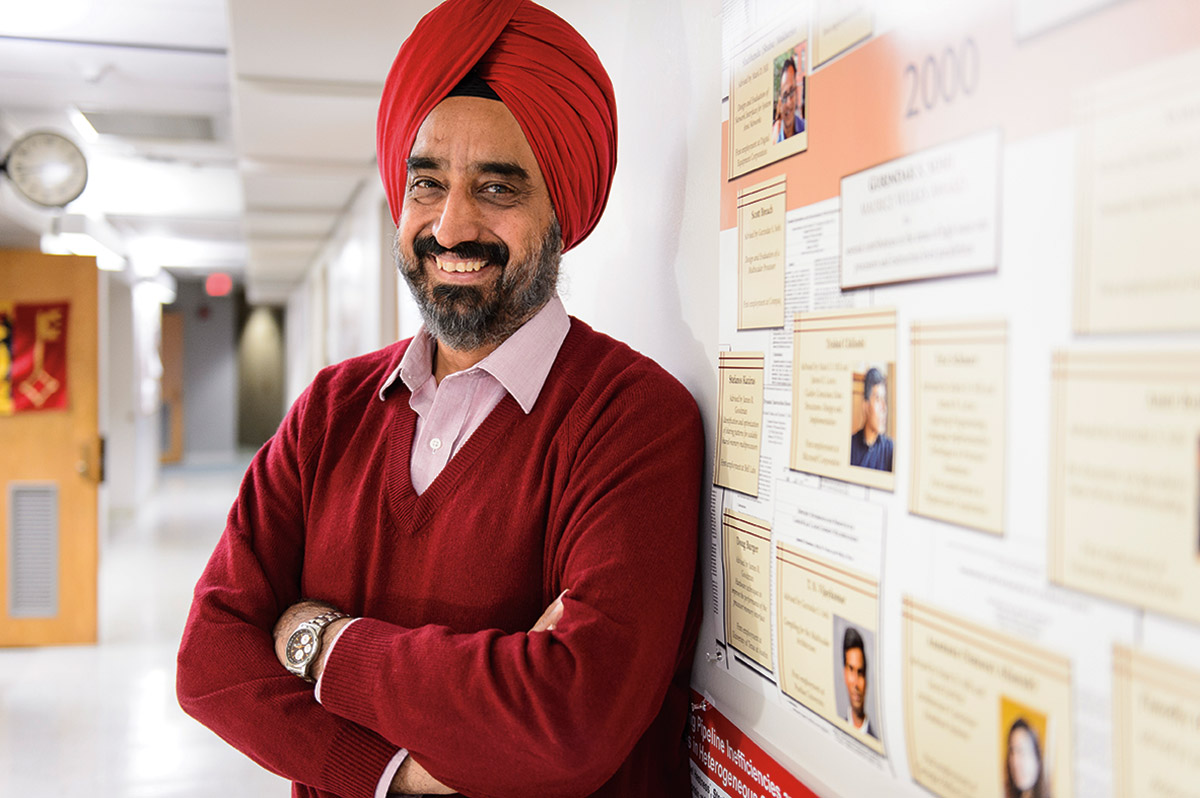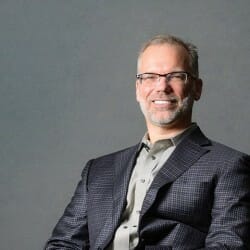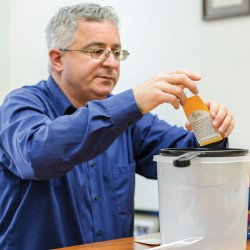Apple Core
Whose tech is at the heart of iPhones and iPads? A court says the UW’s is.
752
The patent name for the technology UW computer sciences professor Gurindar Sohi developed, which is at the center of a legal dispute with Apple, Inc.
If you like the speed of your iPhone or iPad, thank UW–Madison and computer sciences professor Gurindar Sohi. That, at least, is the argument made by the Wisconsin Alumni Research Foundation (WARF), and though Apple, Inc., disagrees, a federal court sided with WARF in October, ordering the tech giant to pay up some $234 million.
Known at the UW as “752 Patent,” the technology in question is a computer circuit designed nearly twenty years ago by Sohi and three graduate students — Andreas Moshovos PhD’98, Scott Breach MS’92, PhD’98, and Terani Vijaykumar MS’92, PhD’98. According to WARF general counsel Michael Falk JD’97, MBA’97, MS’02, the circuit helps computers run multiple instructions at once.
“It was sort of a magical discovery,” says Falk. “Guri and his students didn’t anticipate the iPhone, but many years later, they have greatly improved how computers run.”
Apple isn’t the first computer manufacturer to make use of this invention. In 2009, WARF settled a claim with Intel to license use of the same patent.
Should the decision stand, the award will be divided among WARF, Sohi, and his former students. The research foundation’s policy is to give 20 percent of a patent’s proceeds to the inventors, so Sohi and his students would each receive a 5 percent share. WARF would use the remaining funds to support more research at UW-Madison.
However, the UW has yet to receive any funds from the decision. Apple will likely appeal, and the legal process could take years to run its course. Still, Falk says, the purpose of WARF isn’t to win lawsuits but to ensure that UW discoveries make it to the marketplace.
“For ninety years, WARF has served the UW as its patent management organization,” he says, “and we take our responsibility to defend the interests of the university and its faculty, staff, and students seriously. In the end, our focus is on pushing technology out, and we want to use the money from licensing technology to help research and improve the world.”
Published in the Spring 2016 issue




Comments
No comments posted yet.